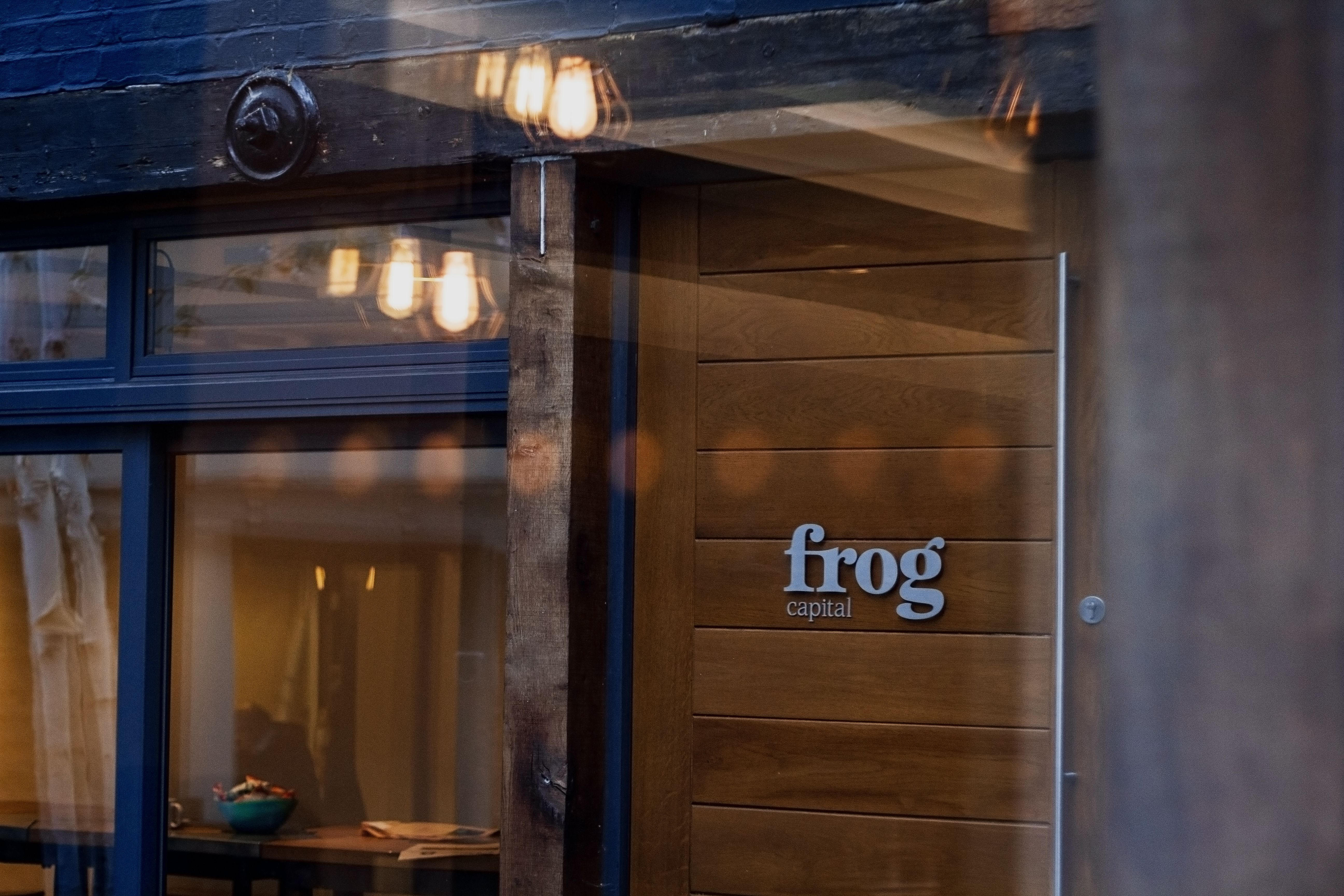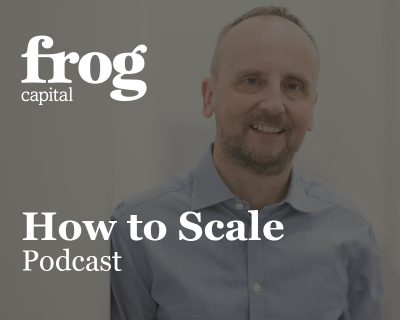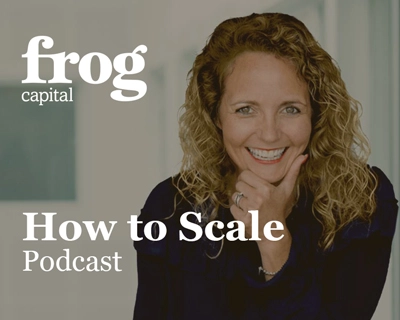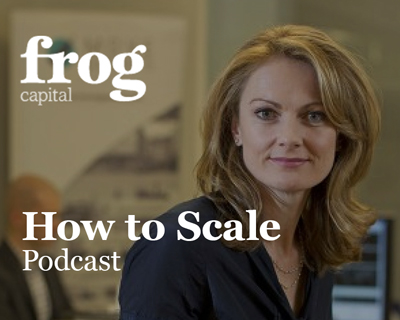Value creation is an outcome of building a successful business, not an objective to be set in its own right. A business that is sustainably growing, profitable and cash generative has intrinsic value, whether as an independent private company, a public company or integrated into a larger group. Whilst it is good to pursue early alignment between stakeholders on valuation ambition and exit timing, realising the value created is often difficult to manage to a specific timetable. It is important to know how to give yourself the best prospects of having options available when you want them.
Some founders have exit ambitions when they start but few have a clear strategy for how it will happen. Most are caught up in the excitement of exploiting a market opportunity and are rightfully focused on creating a business first, believing that an exit will naturally come when the time is right. Early stage VCs are also often agnostic about exit given their portfolio approach, which allows them to wait and see what happens in each individual case.
The scale-up phase is a great time to re-assess this thinking and scale-up investors like Frog will encourage a debate about exit expectations and alignment between investors, founders and other executive management. Good tech companies can provide early transparency of their progress towards sustainable profit and growth, encouraging both investors and corporates to pre-empt demonstrable value creation in an attempt to gain access to the asset at a lower entry price.
This leads to the first and most important lesson in realising value; you must always be ready if you want the option of taking advantage of an opportunity that arises, it’s never too early to start preparing.
The discipline of the scale-up methodology assists the business in growing from start-up to mature business and it is the same process that makes you fit for exit. The basics of executing on good customer acquisition and retention are still vital to providing visibility on future growth, but building a forward-looking value proposition also requires actionable strategy, a growing pool of talent and a scalable organisation structure. Many of the risks that a due diligence process would focus on become very easy to address if the company already documents and adheres to good corporate governance procedures. Key to both scale-up and exit fitness is being ahead of the curve in investing in high level capacity to spread the load, reduce individual reliance and provide succession planning. As a portfolio director in private equity, one of the most frustrating situations I have been faced with was dealing with an MD who after his third PE buyout would simultaneously complain that he had made money for lots of investors but never got to take his own money off the table, whilst at the same time resisting the recruitment of a suitable successor that would enable him to step away.
Investor or purchaser due diligence is often seen as a test to pass with the equivalent of last-minute cramming. This runs the risk of distracting key people from running the business and leaving gaps that can be exploited in the M&A game. Equally, significant time and resources are invested but also invests time in creating important documentation and structure at a point where it becomes a separate exercise from helping the trading of the business. In both the companies I joined as CFO, I started the process early of overlaying a dataroom request list and identifying what was available to build an in-house dataroom. We then prioritised filling in the gaps in a methodical way based on the assessment of where the changes would have the most positive impact on trading, employee welfare and productivity or legal risk. In one of these companies, a contingent debt collection business, we differentiated ourselves by the integrity and quality of the process but only by introducing Total Quality Management techniques did we create a comprehensive documentation of what we did differently. This made it easier to ensure consistent adherence and provide a simple confirmation of the difference in due diligence. Preparation is vital because purchaser due diligence is an order of magnitude tougher than for fundraising and you will be very exposed if you haven’t developed sufficient capacity in your senior team and resilience in the business to continue high-level performance amidst distractions.
For small businesses, it will be rare for large purchasers to make an inbound approach unless you make a strategic decision to build your profile and relationship with them. Corporate communications are important for raising profile but should be targeted at specific audiences (i.e. customers, potential acquirers or market influencers). For many corporates, a commercial relationship will be required before a transaction can be justified but too heavy reliance on one potential purchaser may put others off acquiring. They might also see different characteristics in the business that they value, e.g. scale in a new merging market, new products, market share or proof of international expansion. Building multiple relationships keeps options open and gives the best rounded insight on routes to realising value.
Many growth businesses become focused on the valuation of the next funding round and treat each uplift as a success in its own right. Of course, it is important that investors see progress, but they must look forwards, not backwards, as high valuations put large expectations on a business. An easy way to assess progress is to understand the minimum growth needed after a funding round to justify the post-money valuation excluding cash. Based on some heuristics on the relationship between growth and multiple, a £10m round on a 7 times revenue multiple for a £5m revenue business requires revenue to grow by 43% to justify the post-money valuation, whereas a £15m round would require 54%. This calculation provides the theoretical minimum required to have a next funding round at an increased valuation. If you don’t yet have visibility on sustainable, profitable growth, then the journey from one funding round to the next becomes the whole focus. If growth isn’t sufficient to demonstrate a value uplift, there is a good chance that the previous value creation is impaired and, in an extreme (but unfortunately not that rare) scenario, lack of funding will see the company fold with zero value. Being in control of your own destiny is the only way to ensure that value creation is sustainable and not a bubble.
At Frog, we invest in a select portfolio of European software companies with CEOs that are looking to invest for growth and build over time a sustainably profitable business that is resilient to both the vagaries of its own market and the funding market. Before investing, we ensure we align ourselves with the management team on exit; we are patient but we do need to realise every investment, as each is important to fund performance. As the business grows and creates options, PE funding provides the potential for some investors and management to exit whilst others carry on. We see it as part of the natural life-cycle of a growth company that we pick up the baton of support from an early stage VC and, having navigated scale-up exit, pass it on to a PE house that has the focus and skills for the next part of the journey.
Encouraging our portfolio to be fit for exit is wholly aligned with the broader scale-up methodology principles that help build resilient businesses where CEOs have control of their own destiny.













